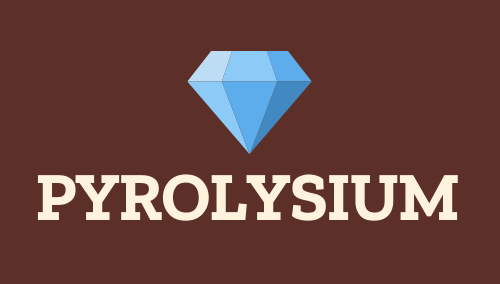
kosher Salts – How They Help Bring Out the Unique Flavor in Your Favorite Recipes
Kosher salt is an all-natural product, created with the kosher symbol and the term “kosher.” It is also known as” kosher salt” or” kosher salt.” It is a compound salt that is used to season many foods. Its use as a seasoning agent dates back to biblical times when kosher salt was used to preserve food. The salt has come a long way since then.
Kosher salt is coarse kosher salt without common artificial additives like iodine. Usually used only in the kitchen and not on the table, kosher salt consists of potassium chloride and can contain other nontraditional substances like magnesium chloride, iron, manganese and sodium chloride. As part of the kosher process, kosher salt must undergo two processes: first, during which it is infused with waters; and second, once the water has evaporated, the salt is dry. Both processes remove any harmful substances in kosher salt and lengthen the shelf-life.
Rock salt, on the other hand, is produced by melting natural sea salt (that’s right, you read that right–you’ll find sea salt on the shelves of your favorite grocery store) and then adding a stabilizer, such as sodium bicarbonate. During the koshering process, the salts are set in a mold, dried and then fired in a kiln for a specific period of time. After that, they are graded according to their thickness. Generally, the thicker kosher salt is more expensive and is used mostly for table salt.
Kosher salt crystals are small solid pieces of salt. They are formed during the kosher curing process and the longer they are left to develop, the coarser they become. During the kosher evaporation process, these fine salt crystals are removed from the salt solution. During this time, the kosher salt crystals are swept away and replaced with new ones.
Kosher salt crystal size is determined by the particular process of kosher curing. There are two basic ways to grade kosher salts, coarse and fine. Cushion grade kosher salts are coarse because their outer surface has not been softened and is therefore less permeable than coarse table salt. The coarseness of fine kosher salts (no coarseness can be sensed by the eye) is determined by the method of kosher curing. During kosher curing, fine salt crystals attain their coarse crystal size by coating the surface of the salt solution with an acid.
In addition to kosher salts, there are also two kinds of salt: kosher table salt and kosher sea salt. Table salt comes from sea water while sea salt comes from ground seawater. Although both have a high sodium content, the concentration of salt and minerals in kosher table salt is much higher than that of sea salt. Sea salt, on the other hand, is used to treat meat and fish. The concentration of minerals in kosher sea salts is lower than that of table salt.
Some people have different preferences when it comes to kosher salt and cooking kosher dishes. For instance, some people want a more refined kosher flavor while other people want a coarse kosher flavor. It really depends on your taste buds. However, most chefs agree that kosher salt enhances the flavor of many kosher dishes, particularly those that are made with meat or seafood. This is because kosher salt provides the necessary crunch to help preserve the texture of the meat or seafood.
So what’s the secret behind kosher salts? Jewish cooking has come a long way since the days of grandmothers preparing food solely for family consumption. Today, there are hundreds of cookbooks featuring Jewish recipes and kosher salts that can be used as ingredients in the recipes. Thanks to the internet, today it is easier than ever before to purchase kosher salt and learn how to use it in the most efficient and effective ways. Whether you are looking for new recipes, a cost effective solution to salt problems, or just want to learn more about the uses of this versatile ingredient; doing so online is the easiest way to get the information that you need.
